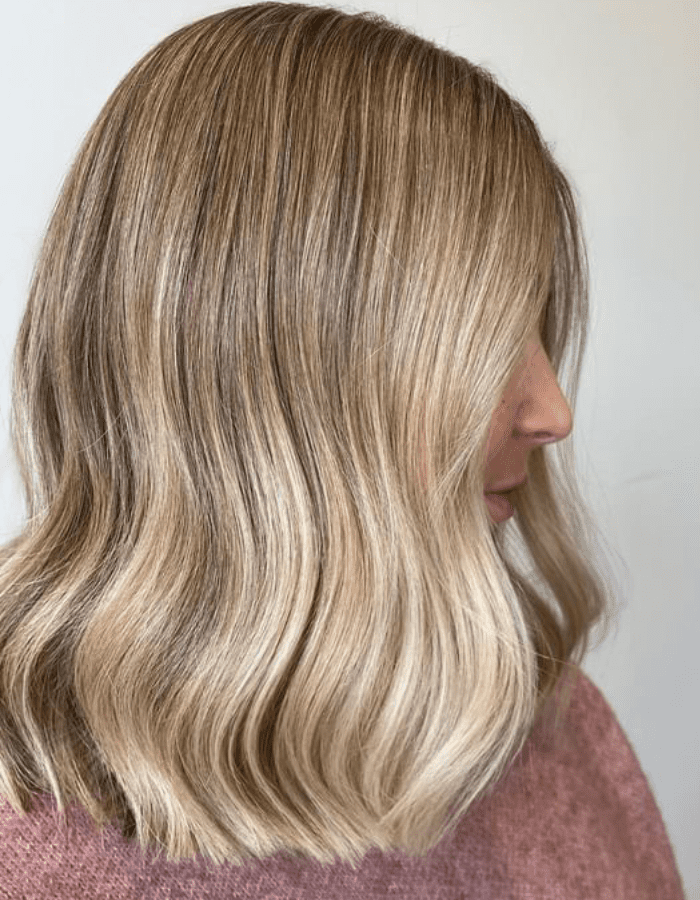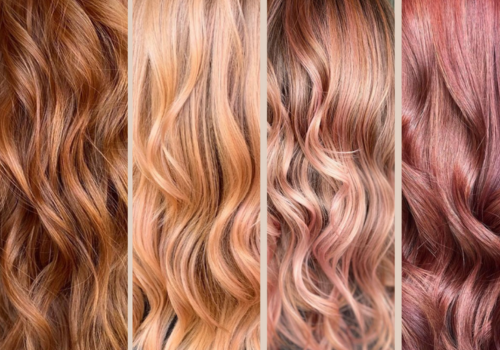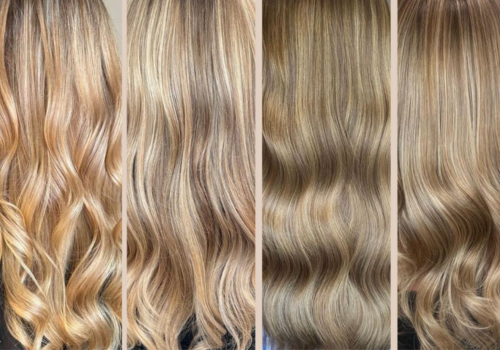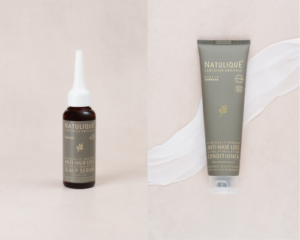Introduction to hair coloring during pregnancy
Getting a pregnancy coloring is a question that concerns many women during pregnancy. Body changes, dietary restrictions and various precautions make this particular period a delicate one. Among these concerns, the use of beauty products, and more specifically hair dyes, raises a number of questions. This article explores the implications of hair dyeing during pregnancy and what the experts have to say.
Concerns about using hair dyes while pregnant
The main concern lies in the chemical components of coloring products, which could potentially harm the health of the fetus. Pregnant women are concerned about the cutaneous absorption of colorants, the fumes inhaled during the process, and the possible impact on prenatal development.
Potential effects on the fetus
Short-term effects
The short-term effects of hair dyes on the fetus are not fully established due to a lack of robust data. However, some studies suggest that the chemicals in hair dyes may cause mild skin and respiratory irritation, although these are generally considered safe for the developing baby when used appropriately.
Long-term effects
As for long-term effects, they remain largely hypothetical. Ongoing research is investigating whether repeated exposure to hair dyes during pregnancy has cumulative effects that could affect the child's future development. However, to date, there is no conclusive scientific evidence that hair dye has a direct negative impact on the long-term development of the fetus.
“`
Hair color products and their chemical components
The different types of colorants
Permanent colorations
Permanent colorants are often preferred for their durability, as they penetrate deep into the hair fiber. They contain oxidizing agents and alkalis, such as ammonia, which enable hair color to be permanently altered. These products are popular, but there are questions about their safety for pregnant women, due to their more complex and aggressive chemical composition.
Semi-permanent colorations
Halfway between permanent and temporary coloring, semi-permanent colorations do not damage the deep layers of the hair. They generally fade in about ten shampoos. Typically ammonia-free, they offer a less aggressive alternative for those wishing to change color while minimizing exposure to potentially harmful chemicals.
Temporary colorations
Temporary, or fugitive, colorations are simply deposited on the hair surface and are removed in one or two shampoos. These products contain far fewer active chemicals and are therefore often considered safer for pregnant women. However, their results are ephemeral, requiring repeated applications to maintain the desired color.
Overview of chemical components
Ammonia
Ammonia is a common ingredient in permanent hair colorants, and acts by opening the hair cuticle to allow the color pigment to penetrate. Although inhalation or absorption of ammonia in small quantities is generally not considered dangerous, some people prefer to avoid exposure to this strong emanating compound during pregnancy due to increased sensitivity to odors.
Hydrogen peroxide
Hydrogen peroxide is used as an oxidizing agent in colorants. It decolors the hair's natural pigments, making it possible to apply a new shade. Although not without risk, the toxic effects of hydrogen peroxide result mainly from high exposure, which is unlikely when using conventional hair dyes.
The risks associated with these chemicals
The chemical ingredients in hair coloring products raise legitimate questions about their safety for pregnant women. The absorption of these substances by the scalp, albeit limited, and the inhalation of their vapors during application remain points of concern. As a precaution, many health professionals recommend that pregnant women use less aggressive variants or opt for natural coloring methods to limit exposure to potentially harmful agents.
“`
See also: Golden highlights: how to get them naturally?
Expert opinion on hair coloring during pregnancy
Medical advice
Obstetricians
Obstetricians are often asked for their expertise on the safety of hair coloring during pregnancy. In general, these experts say it's best to minimize chemical exposure during the first trimester of pregnancy, the critical period of embryonic development. They also suggest preferring ammonia-free colorants or those with low concentrations of chemicals to minimize potential risks to the fetus. Following the manufacturer's instructions and properly ventilating the room during application are also frequently offered tips to reduce any danger.
Dermatologists
For their part, dermatologists are interested in the effect of hair coloring on the skin, including the possibility of allergic reactions or irritation. Some chemical components in hair dyes can be absorbed by the skin, although the amount is usually minimal. Dermatologists often advise prior allergy testing, even though most products are considered safe. They also stress the importance of consulting a health professional before continuing with any cosmetic procedures during pregnancy, if concerns persist.
Opinions of beauty professionals
The hairdressers
Hairdressers play a key role in the safe application of hair color and are often at the forefront of advising pregnant women. Many recommend opting for coloring techniques that do not involve direct contact with the scalp, such as highlights or balayage. These methods directly avoid the potential absorption of chemicals. In addition, they often suggest the use of natural or hypoallergenic products for customers concerned about the effects of traditional colorants during pregnancy.
Aestheticians
Aestheticians, although less directly involved in hair dyeing, sometimes offer advice based on overall appearance and cosmetic impact. They generally support the idea that the psychological well-being of pregnant women can be positive if they feel good about themselves, which sometimes includes the personal satisfaction that comes with beautiful hair color. However, they often reinforce the idea of taking extra precautions, particularly in terms of product choice, during this sensitive period to avoid any adverse consequences.
- Use ammonia-free colorants with few chemicals.
- Prefer techniques that minimize direct contact of products with the scalp.
- Carry out an allergy test beforehand to avoid skin reactions.
- Consult a healthcare professional if any doubts persist.
In summary, whether the advice comes from doctors or beauty professionals, one consistent recommendation is to minimize exposure to non-essential chemicals, and to always remain informed and cautious when using hair color during pregnancy. These measures can help ensure the safety of both mother and unborn child, while offering peace of mind.
“`
Precautions to take when coloring hair during pregnancy
Choosing the right time for coloring
Avoid the first trimester
Experts recommend avoiding hair coloring during the first trimester, the crucial period when fetal organ development takes place. By deferring this aesthetic treatment, we potentially reduce exposure to any chemical compounds that could interfere with this delicate process.
Opting for safer products and practices
Use natural colorants
Natural dyes such as henna with no added chemical components, or other plant dyes, represent a safe alternative. Although their color palette is more limited, they are often less aggressive and more environmentally friendly.
Color with balayage and highlights
To minimize direct contact of the product with the scalp, techniques such as balayage or streaking are recommended. These methods allow hair to be dyed without touching the scalp, thus limiting the potential absorption of chemicals through the skin.
Focus on ventilation and application
Ensure good ventilation
The application of hair dye should always be carried out in a well-ventilated area to reduce inhalation of chemical vapors. This is advisable not only for pregnant women, but also for anyone applying or regularly using hair coloring products.
Wear gloves and follow instructions
The use of gloves when applying dyes helps to minimize direct skin contact. In addition, it is essential to always follow the manufacturer's instructions to ensure correct and safe application of the product.
FAQ - Frequently asked questions
Is hair dyeing during pregnancy necessarily dangerous?
No, not necessarily. Although precautions must be taken, with proper use and judicious product selection, it is possible to dye your hair with minimal risk.
What types of color are best during pregnancy?
Ammonia-free colorants, whether semi-permanent or temporary, and natural colorants are recommended as they contain fewer harsh chemicals.
Can I trust natural dyes during my pregnancy?
Natural dyes, such as pure henna, are generally considered safe. However, you need to make sure they contain no chemical additives that could be harmful.
How long should I wait before re-dyeing?
It is advisable to limit the frequency of coloring. Waiting several weeks or even months between treatments is a good practice to reduce exposure to chemicals.
What are the signs of an allergic reaction to hair dyes?
Reactions may include redness, itching, tingling or swelling of the scalp. If such symptoms appear, it's crucial to rinse off the product immediately and consult a healthcare professional.





